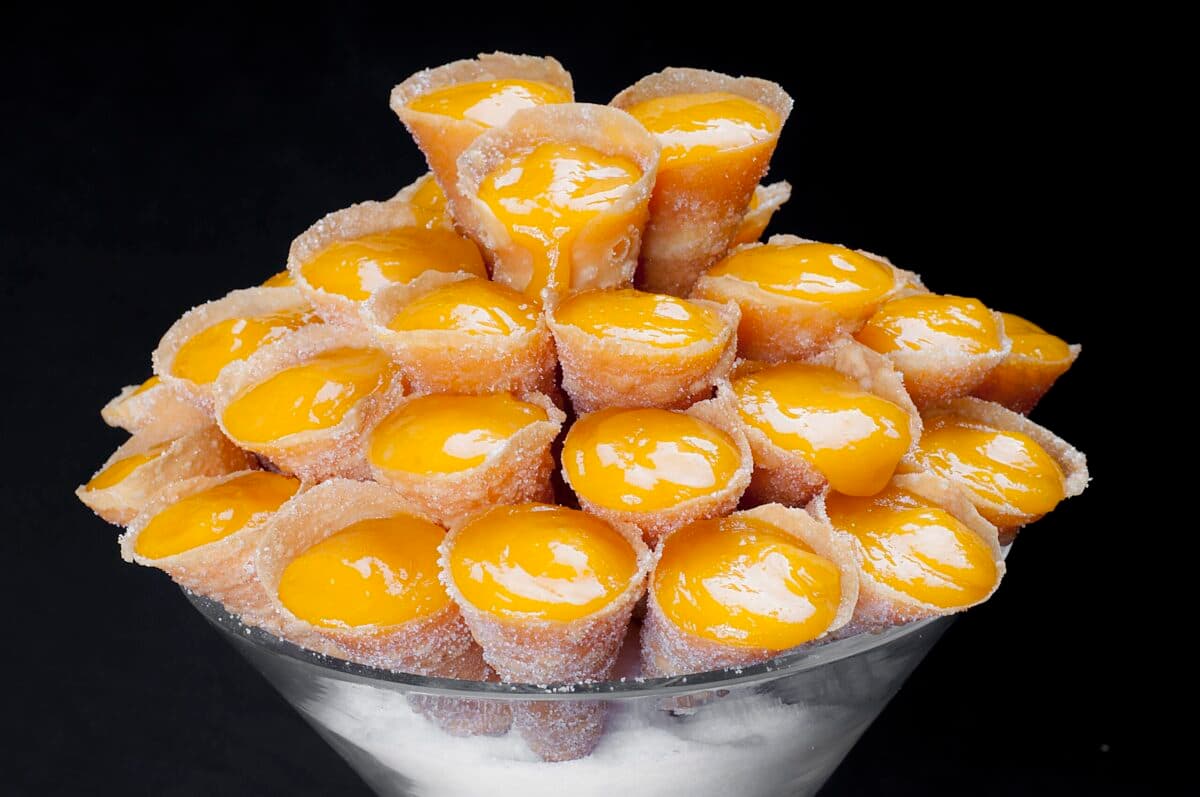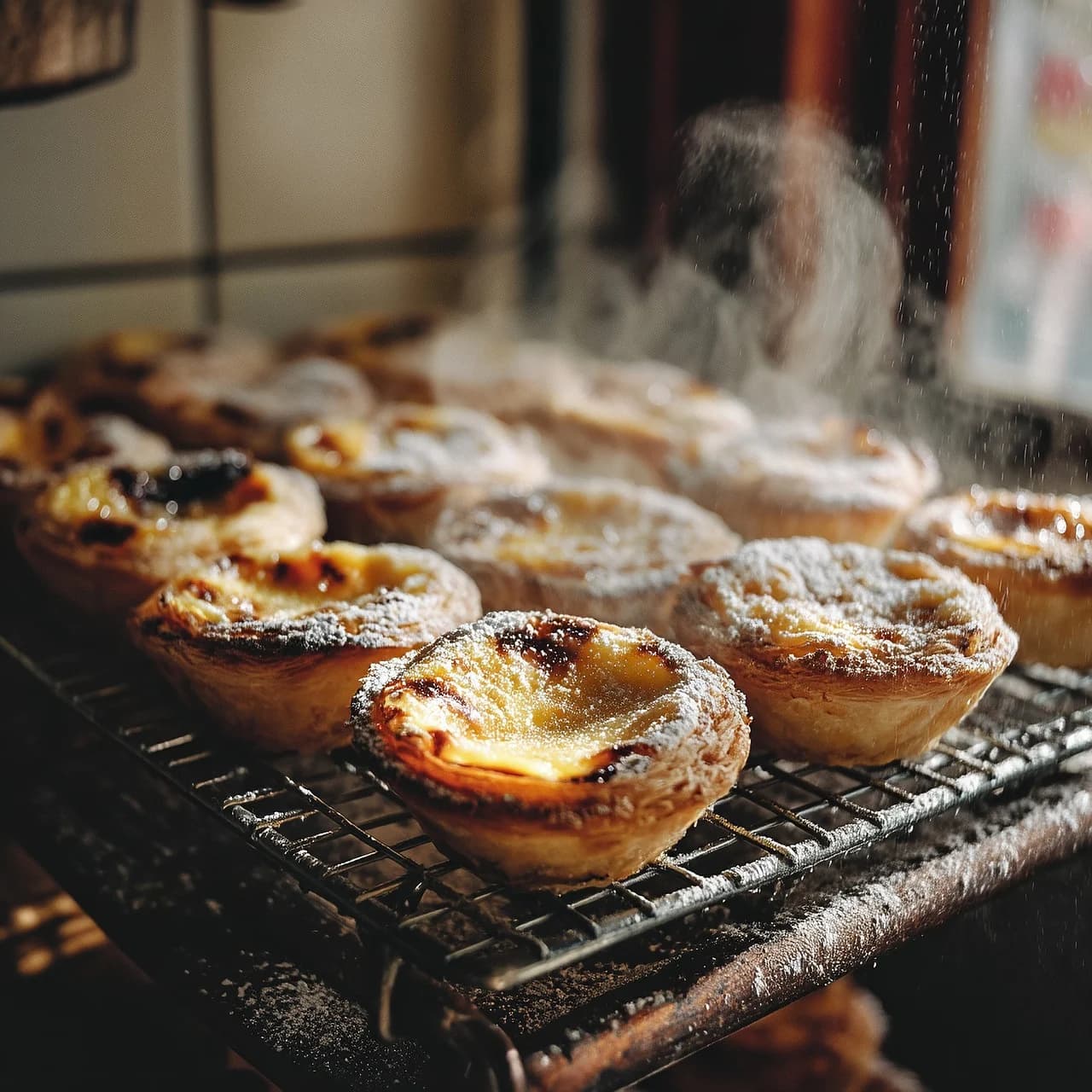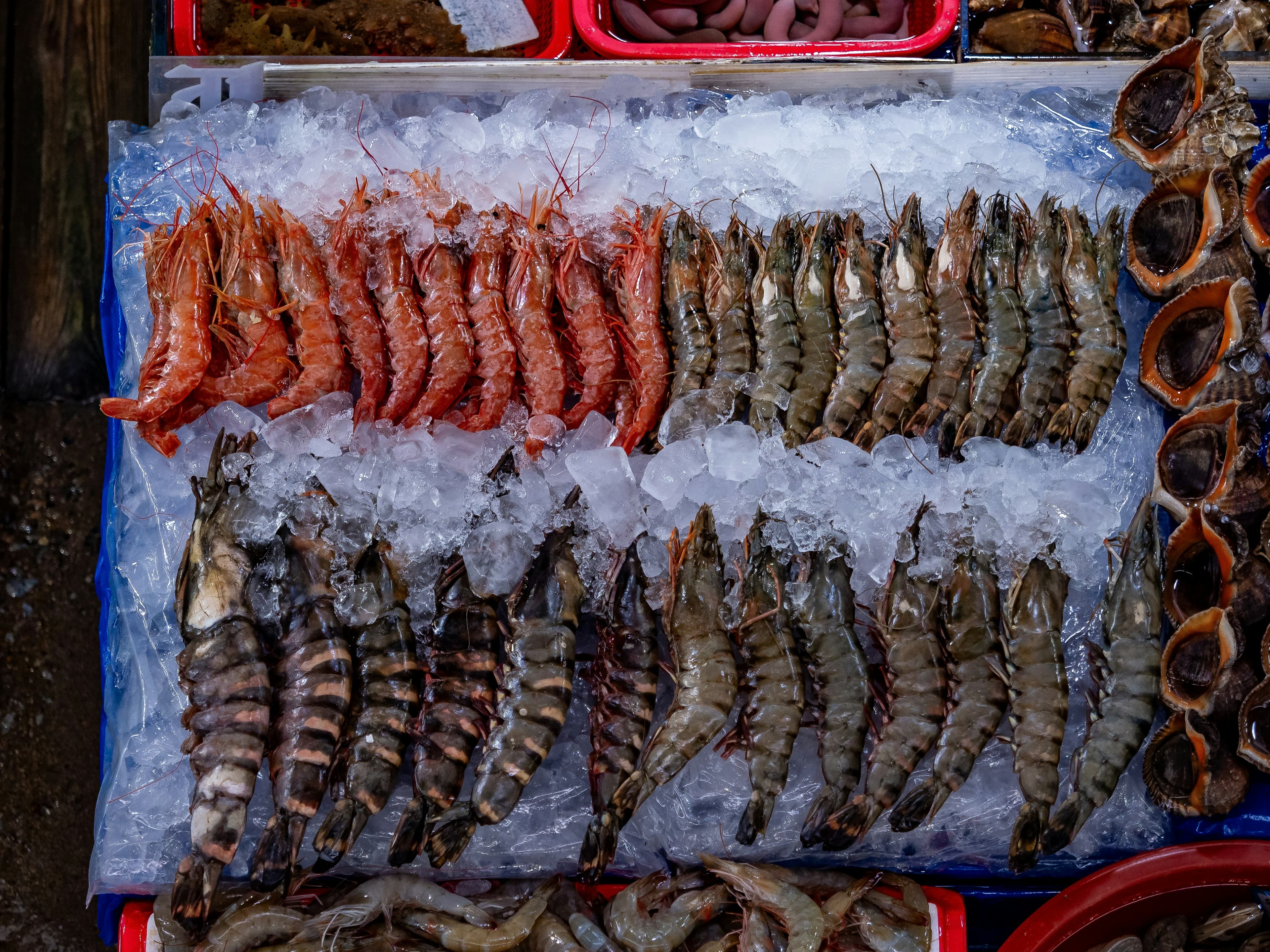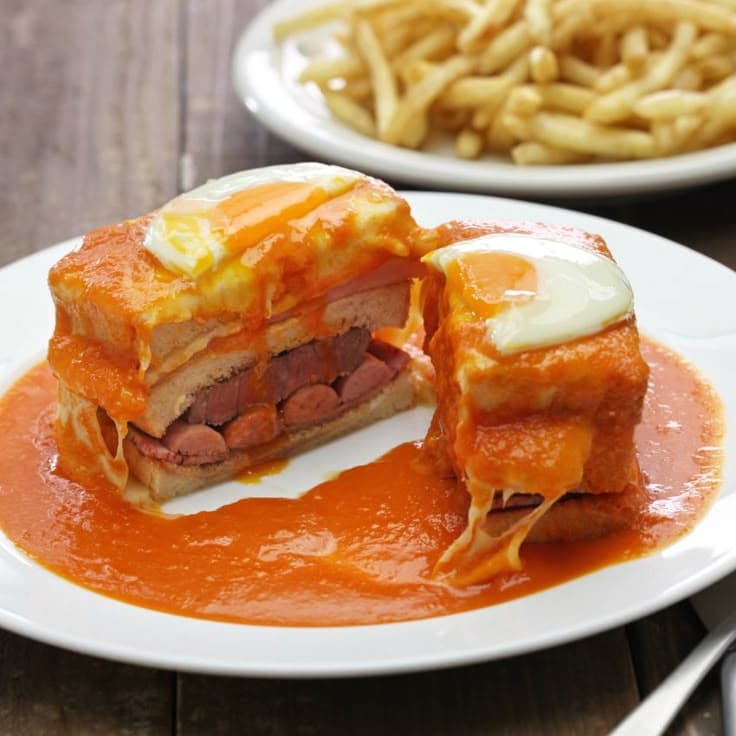The wines of the Douro, heritage and modernity
A listed landscape, an embraced heritage
The wines of the Douro, heritage and modernity
You think you know the Douro because you’ve already seen a bottle of Port at your uncle’s house (the one that comes out at Christmas and goes back in the cupboard until Easter)? Wait until you see what lies behind this valley carved with meticulous precision, where vines have been cut into the rock for centuries, like a tailor cuts a bespoke suit: with patience, precision and a certain taste for extravagance. Here, heritage and modernity do not oppose one another. They raise a glass together on a terrace overlooking the river, while boats push against the current and cicadas provide the soundtrack.
A listed landscape, an embraced heritage
The Douro is not just a wine region, it is a human masterpiece. The mountain was literally sculpted to plant vines, tracing those concentric curves known as socalcos: schist walls that owe as much to landscape genius as to rural stubbornness. This cultural landscape, shaped by generations of winemakers, was inscribed as a UNESCO World Heritage Site in 2001 (category “cultural landscape”). In other words, if you have a soft spot for views that make drones jealous, you’re in the right place.
A quick historical clarification: the Douro did not wait for Instagram to make a name for itself. As early as 1756, under the impulse of the Marquis of Pombal, the region became one of the first demarcated wine areas in the world. Granite markers, the famous marcos pombalinas, set the boundaries and regulated production, laying the foundations of an appellation long before the concept existed. This act of administrative craftsmanship, intended to protect the quality and reputation of Douro wines (and, let’s be honest, the commercial interests of the kingdom), still shapes the valley’s identity today.
Port wine, historic star (but not the only one)
Let’s not kid ourselves, Port made the Douro famous around the world. A fortified wine (brandy is added to stop fermentation and retain sugars), it comes in a galaxy of styles whose map is worth knowing before buying at random.
• Ruby, LBV, Vintage (ageing in bottle): the LBV (Late Bottled Vintage), for example, comes from a single harvest, ages 4 to 6 years in wood and is then bottled; ready to drink, it can also continue to evolve depending on the label. It’s the expressiveness of a vintage, without the wait (and the price tag) of a great Vintage.
• Tawny, 10 years, 20 years, etc. (oxidative ageing in wood): you move from crisp fruit to walnuts, light caramel, orange peel, with that amber colour that raises a satisfied eyebrow at the table.
Port is not just a “dessert wine”. Served slightly chilled (a 10-year Tawny as an aperitif, for example), it shines with salted almonds, spicy pâtés or a walnut tart. And in winter, a Ruby with a rich dark chocolate is the embrace you didn’t know you needed. (You’ll thank me later.)
The Douro’s reds and whites: a quiet revolution
For a long time, Port overshadowed everything else. Then certain estates and winemakers lit another fuse: still wines (DOC Douro). One of the historic milestones is called Barca Velha (created in 1952, produced only in great vintages), a long-ageing red that proved the Douro could play in the big leagues… without fortification. Other estates and a new generation, the “Douro Boys”, names like Niepoort, Quinta do Vale Meão, Quinta do Crasto, Quinta do Vallado, etc., continued the movement, shifting from the sole tradition of Port to a contemporary reading of terroirs. The result: deep, structured reds and mineral whites from altitude, unafraid of fine dining.
The grape varieties, a choir rather than a soloist
Forget Cabernet and Syrah, the Douro speaks its own languages. Here, the strength of the wine comes from the blend of native grape varieties. Among the stars:
Touriga Nacional: concentration, floral aromas (violet), structure.
Touriga Franca (also called Touriga Francesa): often the most planted, brings colour, fine tannins, dark fruit and flowers, and resists heat well – a precious asset.
Tinta Roriz (Tempranillo), Tinta Barroca, Tinto Cão, Tinta Amarela… so many voices that, assembled, create the Douro’s unique accent.
All rooted in schist soils cracked like sun-baked slate, which drain well but retain heat, a natural solar oven whose extremes winemakers learn to tame.
Terraces, slopes and sweat: Douro-style viticultural engineering

©JohnCameron
When we say “heroic vineyards”, we think of the Douro’s slopes, which can make your head spin. You’ll find different terracing systems: the traditional socalcos (stone walls stacked), the patamares (wider terraces, sometimes mechanisable), and plots planted vertically on reasonable slopes. The result: micro-parcels with multiple exposures and a mosaic that has nothing industrial about it. This painstaking work is precisely one of the reasons UNESCO sanctified the site, the alliance of human skill and a natural environment transformed with delicacy (and serious courage).
Climate, the rollercoaster (and challenge) of the 21st century
Let’s be honest, the Douro is heating up. Climate studies show changing bioclimatic indices, with more heat and water stress. Translation in the glass: faster ripening, higher natural alcohol, acidity under pressure. The responses? Vineyards climb higher, harvest dates shift, heat-resistant varieties are preserved, and thoughtful irrigation is considered where possible and useful. Nothing panicked, rather a methodical adaptation already underway.
Heritage, but not museum-frozen: modernity in the cellar
Modernity does not mean erasing tradition. It means choosing wisely: inert tanks to preserve fruit, large wooden vats and barrels to soften, sometimes lagares (those shallow granite tanks) for gentle extraction by foot-treading. For Port, the art lies in stopping fermentation at precisely the right moment with grape spirit, balancing sugar, alcohol and aroma. For still wines, blending sets the tone. Parcels, altitudes, exposures and grape varieties are juggled to sculpt savoury reds and tense whites capable of ageing without losing their smile.
Wine tourism: the Douro, nature’s grandeur (and glass in hand)
If you like going on site to understand a wine, the Douro is a kind of oenological theme park: welcoming quintas, panoramic roads, cruises on the river, Port wine cellars in Vila Nova de Gaia and local tables that strike the perfect chord between bacalhau, cozido and tawnies of different ages. All part of a powerful tourism ecosystem in Portugal, where wine tourism weighs more and more (and Port cellars attract more than 1.5 million visitors a year in pre-Covid times). Official itineraries, the Porto and Douro Wine Route, provide an excellent starting point if you want to plan a serious — and delicious — journey.
How to approach Douro wines (without getting lost in aisle 12)

©ArmandsBrants
To start =>
• Red DOC Douro: aim for an estate in the central valley or the Douro Superior if you like ripeness and depth, a high-altitude estate (Cima Corgo perched above) if you seek freshness.
• White DOC Douro: prioritise higher altitudes and breezy terroirs; the best combine citrus, almond, warm stone and lovely salinity.
To master Port =>
• Tawny 10 year-old: the ideal bridge between indulgence and complexity.
• LBV: the vintage without waiting; perfect with blue cheese or dark chocolate.
• Vintage: invest if you love long ageing and tertiary notes (prune, cigar box, spices). Decant when young.
Smart pairings =>
• Red Douro + grilled meat (lamb, aged beef): textural match.
• White Douro + oily fish (tuna, sardine) or ewe’s cheese: saline dialogue.
• Tawny + walnut tart: instant happiness.
• LBV + 70% chocolate: short and sweet, savour it.
Commercial heritage: from the Methuen treaty to the Port empire
If the Douro valley made its mark on the map for the English (and thus the world) long before EasyJet, it is also thanks to history. The Methuen Treaty (1703) cemented Anglo-Portuguese trade ties, boosting textile-for-wine exchanges and paving the way for Port’s rise. Hard to understand the Douro without this economic bridge that elevated the valley from “wild beauty” to export powerhouse.
What modernity learned from heritage (and vice-versa)
The Douro didn’t simply plug stainless-steel tanks into an 18th-century landscape. It reinterpreted its historic parcels with today’s tools:
Fine parcel selection, sometimes preserving old co-plantings (giving “old-school” blends in a single row).
Climbing in altitude and managing heatwaves through vine orientation and soil work.
Research into the most heat-resistant varieties (hello Touriga Franca) and reduction of water use.
At the same time, a proud culture of blending (inherited from Port) feeds complex, nuanced still wines: heritage is not a museum, it’s a living craft.
Three clichés to forget (before raising your glass)
1 “The Douro is Port, full stop.”
No: DOC Douro is full of characterful reds and incisive whites. Port is a star, not an exclusivity.
2 “International grape varieties mean higher quality.”
Here, nobility is native: Touriga Nacional, Touriga Franca, Tinta Roriz, Tinto Cão… They are the ones that tell the Douro’s story, not passing guests.
3 “Port is too sweet, too heavy.”
Badly served, yes. Well chosen, absolutely not: try a 10-year Tawny with roasted almonds or an LBV with blue cheese; you may well change your mind.
In practice: planning a trip to the valley
You can build a simple route: Porto / Vila Nova de Gaia (Port cellars and museums), then Cima Corgo (around Pinhão), and if you like dry heat and lunar horizons, head towards the Douro Superior (Foz Côa, Barca Velha was not born far away). Bonus: cruise on the Douro, train along the river, and harvest time (vindimas) if you aim for September. Official itineraries will help you arrange visits, tastings and great tables, without losing sight of the final objective: understanding by tasting, and tasting while looking.
A bridge between yesterday and tomorrow
Douro wines are like their valley, mineral, sun-lit, sometimes rugged to the touch but deep and vibrant when you take the time to listen to them. They tell a story that began in the 18th century (at least), laid in terraces and reinterpreted by a generation skilled with both pruning shears and precision oenology. Heritage and modernity are not two chapels; they are two glasses held in the same hand, in search of a balance always a little fairer, a little truer.
LR
Main sources (for reference)
• UNESCO – Alto Douro Wine Region (2001 inscription, cultural landscape description)
• Academic / technical literature – Region demarcated in 1756 and Douro wine economy; bioclimatic indices and climate-change impact
• IVDP – Port styles (LBV, Tawny, etc.) and official wine tourism route
• Grape varieties – Touriga Franca (profile, planting); main Port grapes
• Contemporary accounts – Barca Velha, Douro Boys, modern still-wine movement
• Sustainable wine tourism – recent academic syntheses on practices and visitation
Share this article
Suggested articles

Convent Sweets: Delicacies Born in the Monasteries
Portugal wouldn’t be the same without its convent sweets. These golden pastries, rich in egg yolks and scented with cinnamon, tell the story of a country where faith met indulgence. Born in the silence of monasteries between the 15th and 18th centuries, they were once made by monks and nuns, often to support the convent or thank benefactors. Today, they are an essential part of Portuguese culinary heritage.

Pastéis de Nata: History and Secrets of the Recipe
It’s hard to imagine a stay in Portugal without tasting a warm pastel de nata, with its crisp flaky crust and delicately caramelized custard. These small tarts, known as pastéis de Belém when they come from the famous Lisbon pastry shop, have become one of the country’s greatest gastronomic symbols. Their popularity has long surpassed Portugal’s borders: today, you can find them in Paris, London, New York, or Tokyo — but their true authenticity lies in the Lisbon tradition, passed down for more than two centuries.

Seafood in the Algarve, an Oceanic Feast
The Algarve, this southern region of Portugal bathed by the Atlantic, is not only famous for its golden beaches and cliffs sculpted by the sea… It is also a true paradise for seafood lovers ! Prawns, octopus, clams, crabs, fresh sardines, and of course the famous cataplana, every bite tells a story of the sea, local traditions, and culinary expertise.

Pão de Ló
In every Portuguese family, there’s a cake that comes out of the oven like a little sun: the pão de ló. Golden, airy, soft, it always announces something joyful. It’s the cake of dressed-up Sundays, overfilled tables, and aunts who hug you too tightly while saying how much you’ve grown.
.jpg&w=3840&q=75)
Pastéis de Bacalhau
There are dishes that smell like holidays and grandma’s kitchen. Pastéis de bacalhau are exactly that. These little golden cod croquettes, crispy on the outside and soft on the inside, are at once an appetiser, a madeleine of Proust, and proof that Portugal has completely mastered the art of frying.

The Best Francesinhas in Porto : The Complete Guide to Savouring the Portuguese Specialt
Porto, the second largest city in Portugal, is not only famous for its namesake wine and the picturesque landscapes along the Douro… the city is also a true culinary paradise, where tradition meets innovation!


